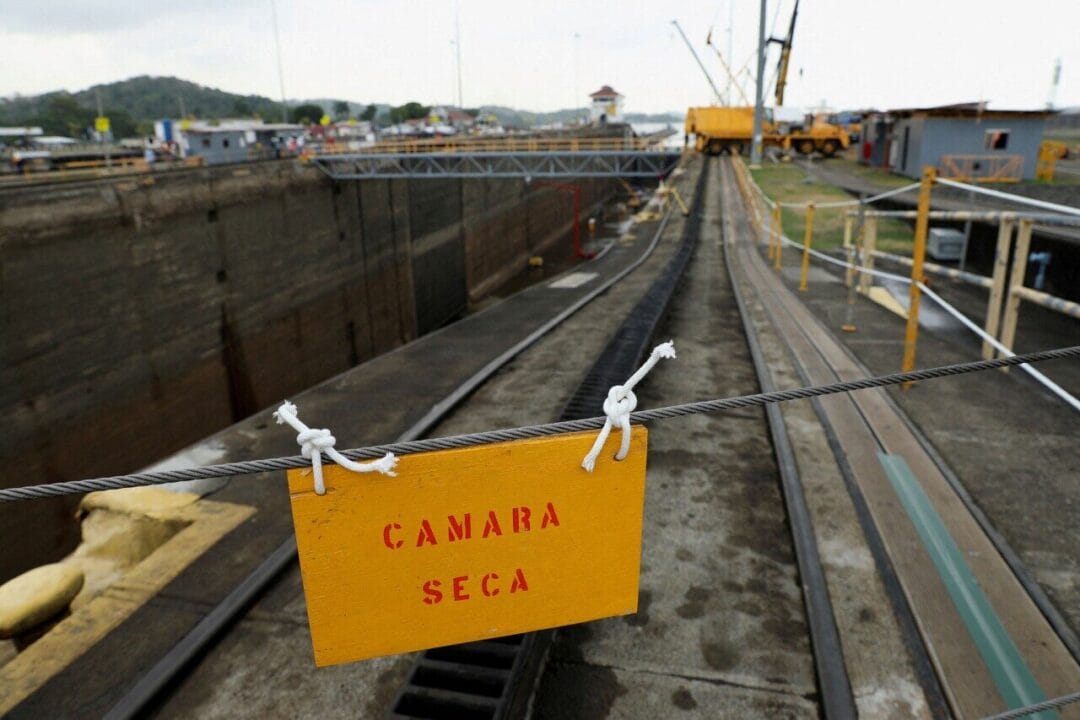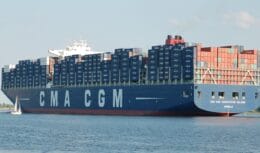
Drought in the Panama Canal: The lack of rain and the El Niño weather phenomenon contributed to the second driest year in the canal's 110-year history.
The Panama Canal is one of the most important trade routes in the world, as 6% of global maritime trade passes through its locks each year. In 2023, more than 14.000 ships transited this route between the Atlantic and Pacific Oceans. However, the drought in Panama has forced authorities to reduce the passage of ships, creating uncertainty about when Canal operations will return to normal.
The crisis in the Panama Canal affects key maritime trade routes, worrying exporting, importing and consumer countries around the world. The number of ships anchored near the Canal has increased, reaching hundreds per day, which reflects the seriousness of the situation.
Consequences for Panama and Trade
This drought not only impacts the Canal and shipping companies, but also has repercussions on Panama's economy and survival. Additionally, supply chains and consumers are affected, with potential increases in costs and reduced product availability.
Latin America and the east coast of the United States depend significantly on the Panama Canal. Countries such as Guatemala, Ecuador, Chile, Peru, Mexico and Colombia move a large part of their maritime trade through this route. Additionally, more than 40% of consumer goods traded between Northeast Asia and the East Coast of the United States pass through the Canal.
Impact of drought on the Panama Canal and maritime trade routes
The drought phenomenon in Panama has caused a series of significant impacts on the Panama Canal and key maritime trade routes. This problem generated uncertainty and concerns worldwide, affecting exporting, importing and consumer countries.
Reducing water levels in Gatún Lake, caused by drought, has led to restrictions on ships passing through the canal. This forced the canal authority to limit the number of daily vessel transits and implement reservation fees, significantly reshaping maritime trade flows.
Consequences on a Worldwide Level
The Panama Canal crisis has global implications, affecting the maritime transport of key products such as grains, minerals and goods. Sea freight costs have increased dramatically as a result, which will eventually impact end consumers.
Latin American countries such as Guatemala, Ecuador, Chile, Peru, Mexico and Colombia largely depend on the Panama Canal for their maritime trade. This dependence extends to the East Coast of the United States, where more than 40% of consumer goods traded between Northeast Asia and the East Coast of the United States pass through the canal.

Economic and commercial consequences of the drought
The drought in Panama had a significant impact on the economy and trade, raising concerns worldwide. Restrictions on shipping through the Panama Canal have led to an increase in the number of ships anchored nearby, reflecting the seriousness of the situation.
The Panama Canal crisis had global implications, affecting the maritime transport of key products such as grains, minerals and goods. Sea freight costs have increased dramatically, which will eventually impact end consumers.
Latin American countries such as Guatemala, Ecuador, Chile, Peru, Mexico and Colombia largely depend on the Panama Canal for their maritime trade. Furthermore, 40% of consumer goods traded between Northeast Asia and the East Coast of the United States pass through the canal, demonstrating the importance of this route for world trade.
Alternatives and future perspectives
The drought in the Panama Canal has raised uncertainty about the future of key maritime trade routes. As climate change continues to affect the availability of water in the canal, it is essential to consider alternatives and future perspectives to face this crisis and its global implications.
The drought in the Panama Canal has led to a significant increase in ocean freight costs, which will eventually impact end consumers. New alternative routes could result in longer journeys and higher costs, affecting the global economy.
Countries such as Mexico and Colombia have proposed transport alternatives, such as the Mexican interoceanic train and the train through the Colombian Chocó region, to complement the Panama Canal. However, these projects face logistical challenges that must be overcome to offer viable long-term solutions.
Sustainability and water security
It is essential that Panama seeks long-term solutions to ensure water security for both canal operations and human consumption. The implementation of sustainable measures, such as increasing the inflow from another artificial lake, is essential to comprehensively address water scarcity.








